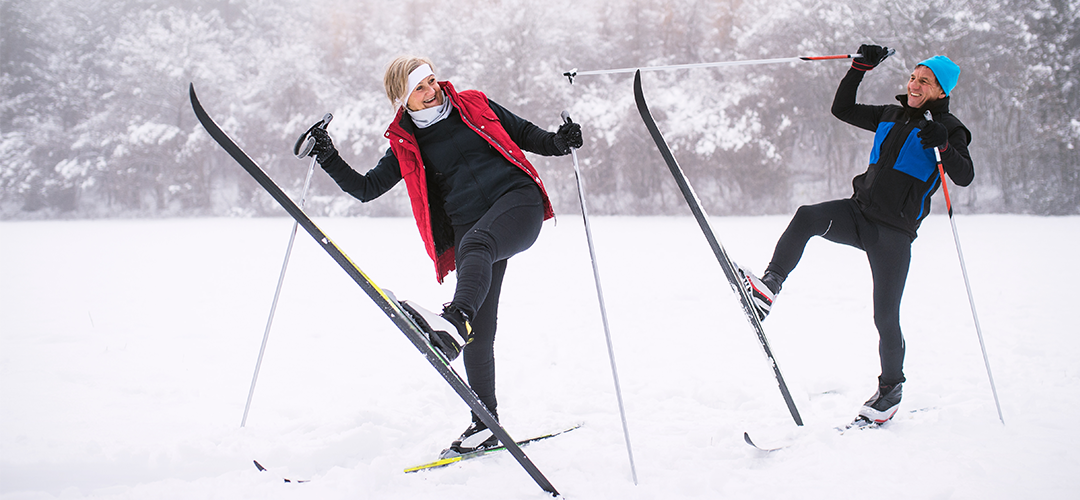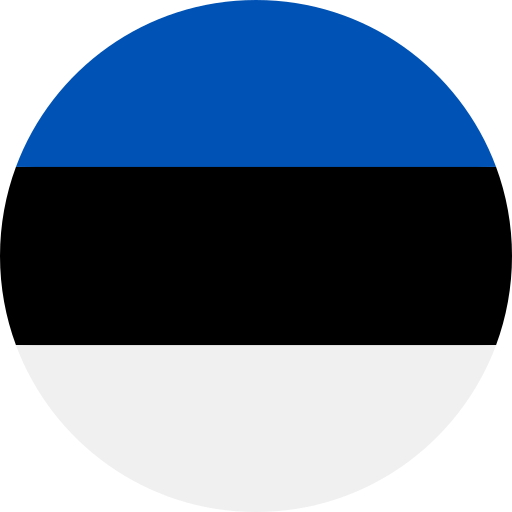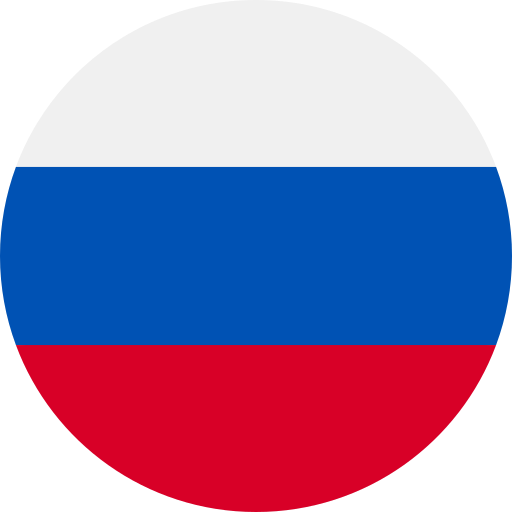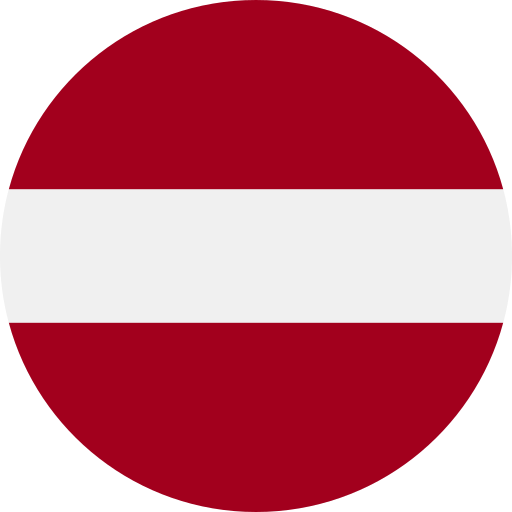
Winter is the perfect time for skiing. Cross-country skiing is a very versatile sport that can be enjoyed by people of different abilities, skills and goals. Walking in the snowy forest is the best way to strengthen your health in winter.
When shopping for skis, poles and boots, an experienced salesperson in a sports shop will take into account a wide range of your personal parameters: previous experience, general physical shape, height and weight, and your skiing goals. In this way, the customer can choose the best possible set for skiing, which will serve them for years to come. Plus, you can decide for yourself which models suit you best.
How to find the right pair of skis for you?
Firstly, it should be known what the ski equipment will be used for:
- for beginners: easy movement on skis
- for the amateur: sport cross-country skiing
- for competitive athletes: competing
Secondly, the style of skiing is important. The styles can be roughly divided into two: classic and skating (also known as freestyle).
Classical style resembles the movement of normal walking. Classics are mainly skied on the ski trail (if available) along the fitness track, which helps to keep the skis parallel and improves gliding efficiency. A classic ski has a grip underneath to prevent the ski from sliding backwards to allow the foot to push the momentum. Skin-skiing No grip is needed, instead the base of the ski has a skin strip with hairs. The classic is skied either in pairs or in alternating turns. Classical style is usually more accessible for beginners, as it is less tiring and easier to balance.
The skating style is similar in name to the skating movement – the weight of the body is transferred alternately to one foot and the other. The sticks are pushed either at each step or more than once. At the bottom of the skate there is a groove that prevents the ski from sliding sideways. Compared to classic skating, the skating style is more intense and requires good coordination of arms and legs.
There is a specific nib for each of the two styles mentioned above. However, if you don’t want to ski only one style or don’t want to buy separate skis for both techniques, a combination ski is the answer. A combined ski is a hybrid of classic and skis, being slightly shorter than a classic ski and with more flex for skating. At the same time, you can also ski in classic style, because it is not as twisty and “aggressive” as skiskiing.
Length of skis
- Classic skis : 20-30 cm longer than the skier’s height
- Skating or Freestyle skis : 10-15 cm longer than the skier’s height
- Combined: 15-20 cm longer than skier’s height
| Length of skis by skiing style and height | |||
| growth / cm | classuusk / cm | combi / cm | skate skiing / cm |
| 150 | 175 | 170 | 165 |
| 155 | 180 | 175 | 170 |
| 160 | 185 | 180 | 175 |
| 165 | 190 | 185 | 180 |
| 170 | 195 | 190 | 185 |
| 175 | 200 | 195 | 190 |
| 180 | 205 | 200 | 190-195 |
| 185 | 205-210 | 200-205 | 195 |
| 190 | 205-210 | 200-205 | 195 |
| 195 | 210 | 205 | 195 |
Ski stiffness
One of the most important features of skis is their stiffness. Driving comfort and performance depend very much on stiffness. In the case of skis with the wrong stiffness, even lubrication of the top class won’t help, it’s incredibly difficult to ski with such skis.
The skis have a central compression that supports the weight of the person’s body when they are on the trail. The stiffness of the ski should be such that, in addition to supporting body weight, it also helps to maintain the longest possible glide.
on snow. When pushing with a ski, the pressure gives the push momentum. If the ski is too soft, it will sag under the weight of your body and won’t slide on snow. And vice versa – if the ski is too stiff, the body weight cannot press the ski down on the snow and the gliding surface is shorter, the ski is ridden on its tips.
This is where a person’s weight comes into play when buying skis. A lighter skier needs a softer flex and a heavier skier a stiffer flex. A weighting table for a specific model is helpful when choosing a rigidity in a sports shop.
Ski poles
Ski pole are made of different materials, and this usually determines their price. Cheaper sticks are often made of lightweight fibreglass. There are also aluminium poles , which are a little heavier, but strong enough for ski touring, where you need to lean more on the poles in dense forest and thick snow. More expensive ski poles contain carbon. Carbon ski poles are very lightweight but stiff to make the ski pole as efficient as possible.
The length of the ski pole depends on the technique and previous skiing experience. In the classic style, the sticks are shorter and about shoulder height, while the skating style sticks are longer and reach up to the nose.
- Classic style: 30 cm shorter than the skier’s length
- Skating or freestyle: 20 cm shorter than the skier’s height.
| Length of ski poles by skiing style and height | ||
| growth / cm | classic cap / cm | ice skate step / cm |
| 150 | 120 | 130 |
| 155 | 125 | 135 |
| 160 | 130 | 140 |
| 165 | 135 | 145 |
| 170 | 140 | 150 |
| 175 | 145 | 155 |
| 180 | 150 | 160 |
| 185 | 155 | 165 |
| 190 | 160 | 170 |
| 195 | 165 | 175 |
Ski bindings
To keep the boot attached to the ski, there are. ski bindings . Bindings are classified by ski style (classic and skate) and fastening. There are nowadays mainly two different types of anchorages – NNN or New Nordic Norm (also known as NIS) and SNS or Salomon Nordic System. The binding must match the ski boot. The most common ties are NNN or NIS, which fit most boots.
Ski boots
Today’s ski boots doesn’t need thick wool socks. Even the cheapest models have insulation and a high-tech interior finish, so ski boots are worn with regular sports or thermal socks.
Ice skates are taller, have a stiff sole and support the ankle to prevent the foot from sinking in when sliding from foot to foot. Boots should fit snugly around the foot but not be too tight, with a little room left at the toes. If the boot is too small, it will start to chafe, and even more importantly, if the boot is too narrow, your feet will get cold when skiing because there is no room for air inside the boot.
Classic boots are shallower and softer in texture, and the sole is more flexible to allow for classic-style footwork. Classics can be a little more free. A small margin should be left in the forefoot area so that the bent ankle does not rest on the boot.
If you don’t have an established skiing style and you ski different techniques, a combination helmet may be for you. Combined horn is something between a skating boot and a classic boot, with some of the functions of both. A combi helmet is a great choice for the beginner skier who wants to try out different techniques and doesn’t want to buy separate boots for each.
Choosing ski equipment for your child
The world’s best skiers have reached their high level of excellence mainly because they have been on skis since they were very young. Starting to ski early develops a good sense of balance and ski control. Choosing ski equipment for a child is much easier than for an adult, but it is important that the equipment is suitable for the child’s overall size. Children’s skis Smaller and lighter, so that even the youngest skiers can manage manoeuvres.
For children weighing up to 40 kg, weight is the main criterion for buying equipment:
- Child’s weight 10-20 kg – 70-80 cm long skis
- Child’s weight 20-30 kg – 90 cm long skis
- Child’s weight 30-40 kg – Skis 100 cm long
| Length of ski and cane according to child’s height | |||
| child’s height / cm | foot length / cm | length of stick /cm | age |
| 80 | 100 | 60 | 3-4 |
| 90 | 110 | 70 | 4-5 |
| 100 | 120 | 80 | 5-6 |
| 110 | 130 | 90 | 6-7 |
| 120 | 140 | 100 | 7-8 |
| 130 | 150 | 110 | 8-9 |
| 140 | 160 | 120 | 9-10 |
| 150 | 170 | 130 | 10-11 |
Children’s ski boots The rules for choosing skis are the same as for adults – by height. Sticks should be 20-30 cm shorter than the child’s height
To make it easier for you to buy ski equipment for your child, we have. ski sets which includes skis, bindings, poles and boots. Sizes can be selected according to need.
 Eesti
Eesti Русский
Русский Suomi
Suomi Latviešu
Latviešu


